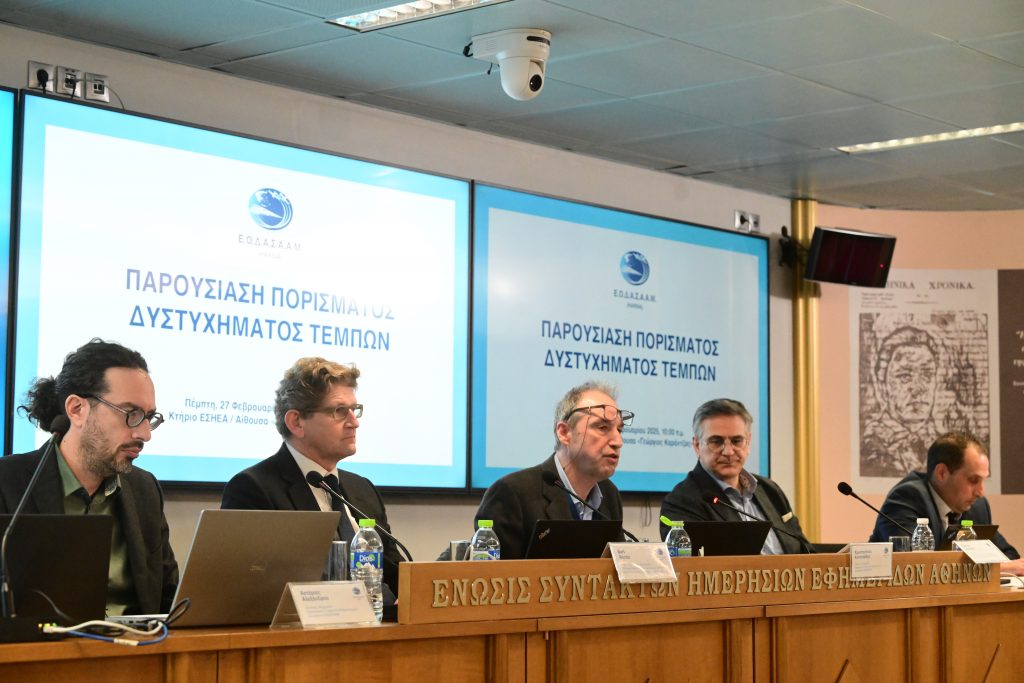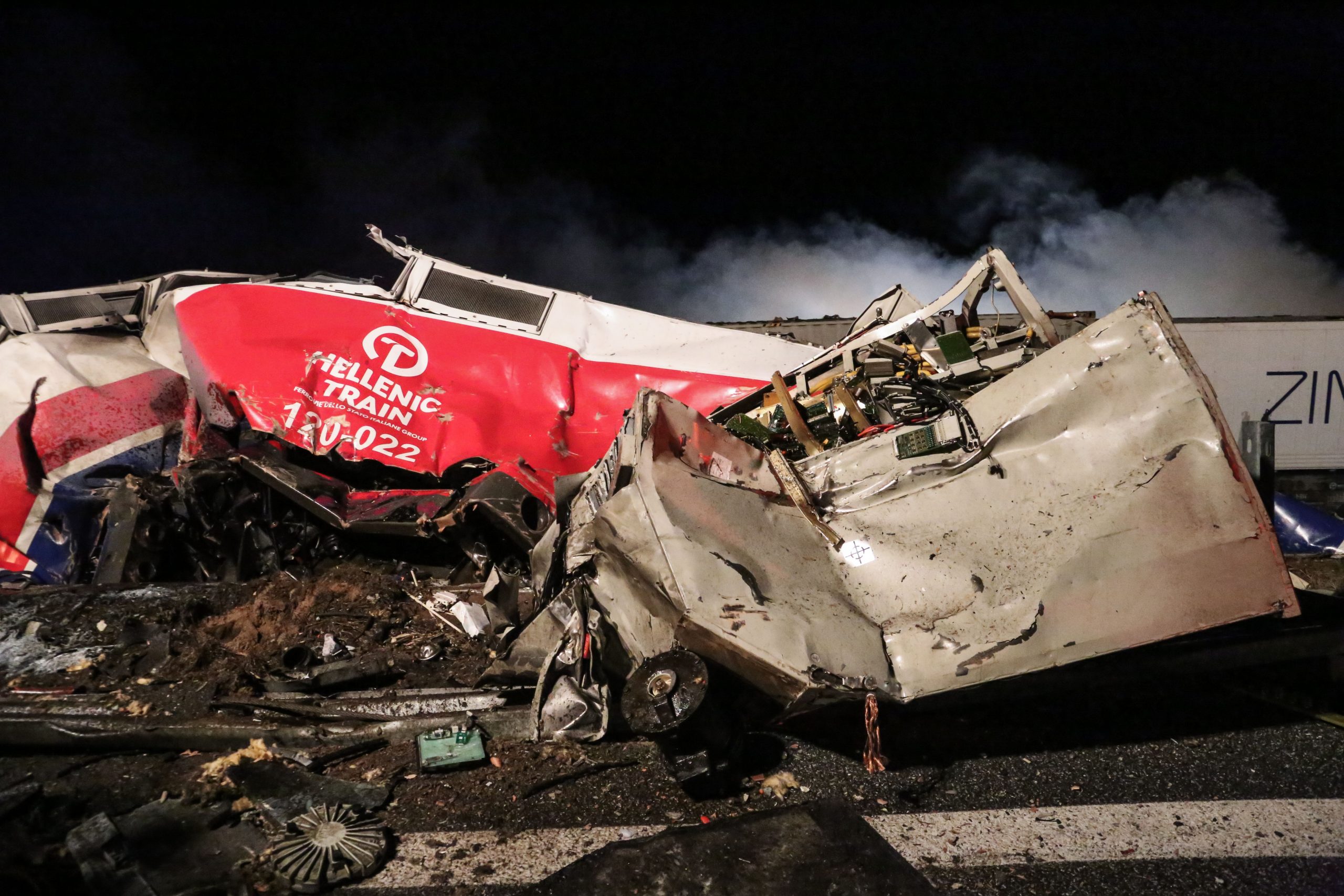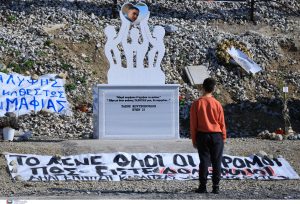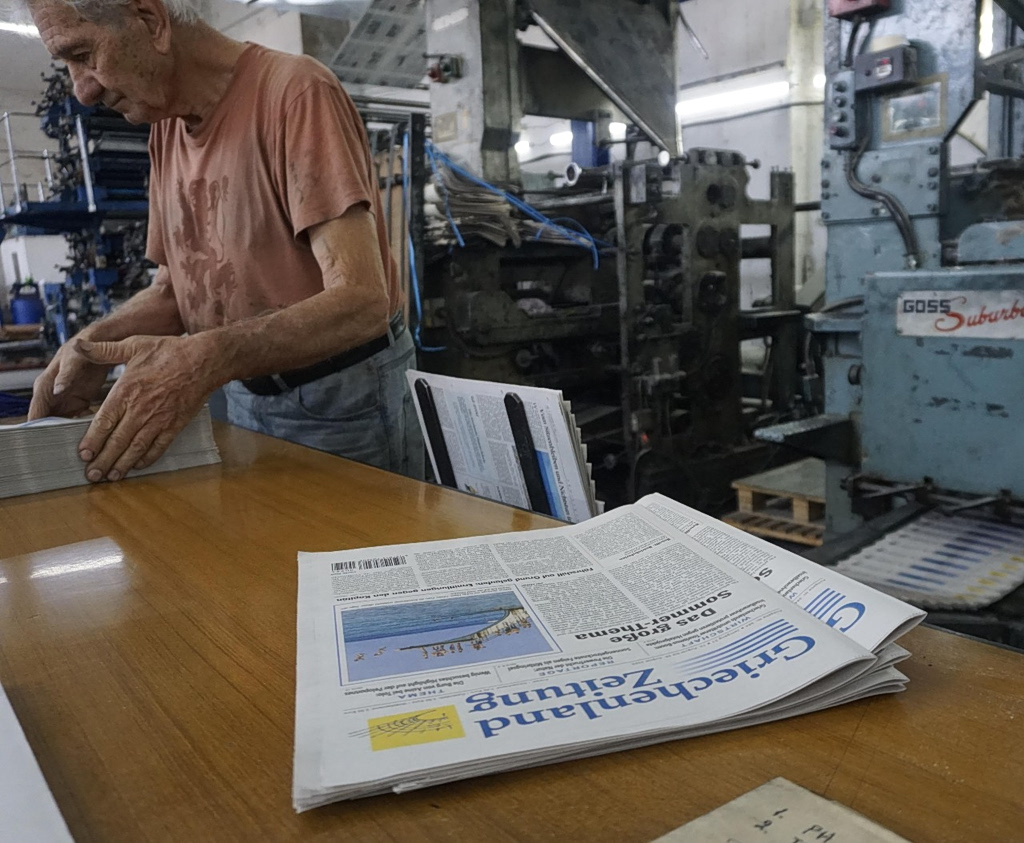In a long-awaited report, Greece’s National Organization for the Investigation of Air and Rail Accidents and Transport Safety concluded the causes of the Tempi train collision.
The collision, which occurred on February 28, 2023, led to the deaths of 57 people and the serious injury of 81 more. Since the day of the tragedy, the causes of the crash have been hotly debated, with families of the victims, politicians, and much of Greek society demanding answers.
The independent governmental investigative body found a series of failures both immediate and systemic that led to the crash. According to their report, the issues were the following:
Causal Factors The Day of the Collision
- Manual Error in Setting the Route- According to the report, the station master did not use the automated system to set the train’s route, but rather set the route manually. In setting the route manually he made a mistake.
- Confusing Control Panel- The report states that the control panel the station master had to use was overly complex, with information in incongruous places and inconsistent ways of operating switches. There were no clear instructions, and likely he was not familiar enough with this idiosyncratic control panel.
- Overwhelming Workload- “There were a series of technical failures, both temporary and not so temporary, which created additional tasks or made existing tasks more difficult,” states the report. As such, the station master had to handle an unusually high number of communications, and the workplace was designed such that he could not conduct these communications and simultaneously look at train traffic. He had to juggle all this and correct another error with a previous train.
- Lack of Proper Communication – According to the report, the station master verbally authorized the train to leave, but the train drivers did not confirm this instruction. The station master did not follow up, so it is unclear whether the train drivers understood the order correctly.
- Outdated Communication System- The investigative body concluded that Greek railway communication rules are outdated compared to international standards. Open radio channels, commonly used in Greece, do not provide clear and direct communication between station masters and train drivers. And even these outdates methods were not strictly followed.
- Normalization of Opposite Direction Driving- The train drivers did not react to the incorrect switch position that indicated they were on the wrong track. The report stated that normally, they should have stopped and contacted the station master for clarification. However, being sent onto the opposite track was not unusual on the Greek rails, so they did not.
Systematic Factors Leading to the Collision
- The Economic Crisis- The report points out that since the financial crisis of 2009-2010, Greece’s railway system has suffered from poor maintenance, infrastructure deterioration, and staff shortages.
- Lack of Preventive Maintenance and Training- The report explained that Hellenic Railways Organization (OSE) , the company in charge of railway infrastructure, only fixes critical assets after they fail, rather than maintaining them proactively. Additionally OSE does not properly manage the competence of their station masters, and there is no structured monitoring of station masters’ performance, so declines in safety standards go unnoticed.
- Poor System Design and Unrealistic Expectations- OSE did not consider how human and technical factors interact, with equipment, tasks, and working conditions “stretching the limits of the operational staff beyond what is humanly acceptable in a sustainable way,” notes the investigation.
- Challenges for Train Drivers- Train drivers constantly faced changing rails and procedures due to ongoing construction and equipment failures, requiring high alertness and constant adaptation. The report asserts that Hellenic Train, the company that owns the trains, did not provide ongoing training to address this.
- Lack of Independent Accident Investigations- Greece had no independent body to analyze railway accidents. (The National Organization for the Investigation of Air and Rail Accidents and Transport Safety was established in 2008, but only became operational in January 2023.) Investigations were handled internally by operators, focusing on individual errors rather than systemic problems, which the report concludes prevented meaningful safety improvements from being made.
In a press conference presenting the findings, the president of the accident investigation body stated that the “long-standing abandonment of the railways by the governments and the memoranda” were largely to blame for the collision.
The report also made safety recommendations based on their findings.
However several questions were not answered in the report. The investigators noted that they could not determine the causes of the fireball that broke out immediately after the crash, as the investigation was not conducted properly and they are missing critical evidence.







